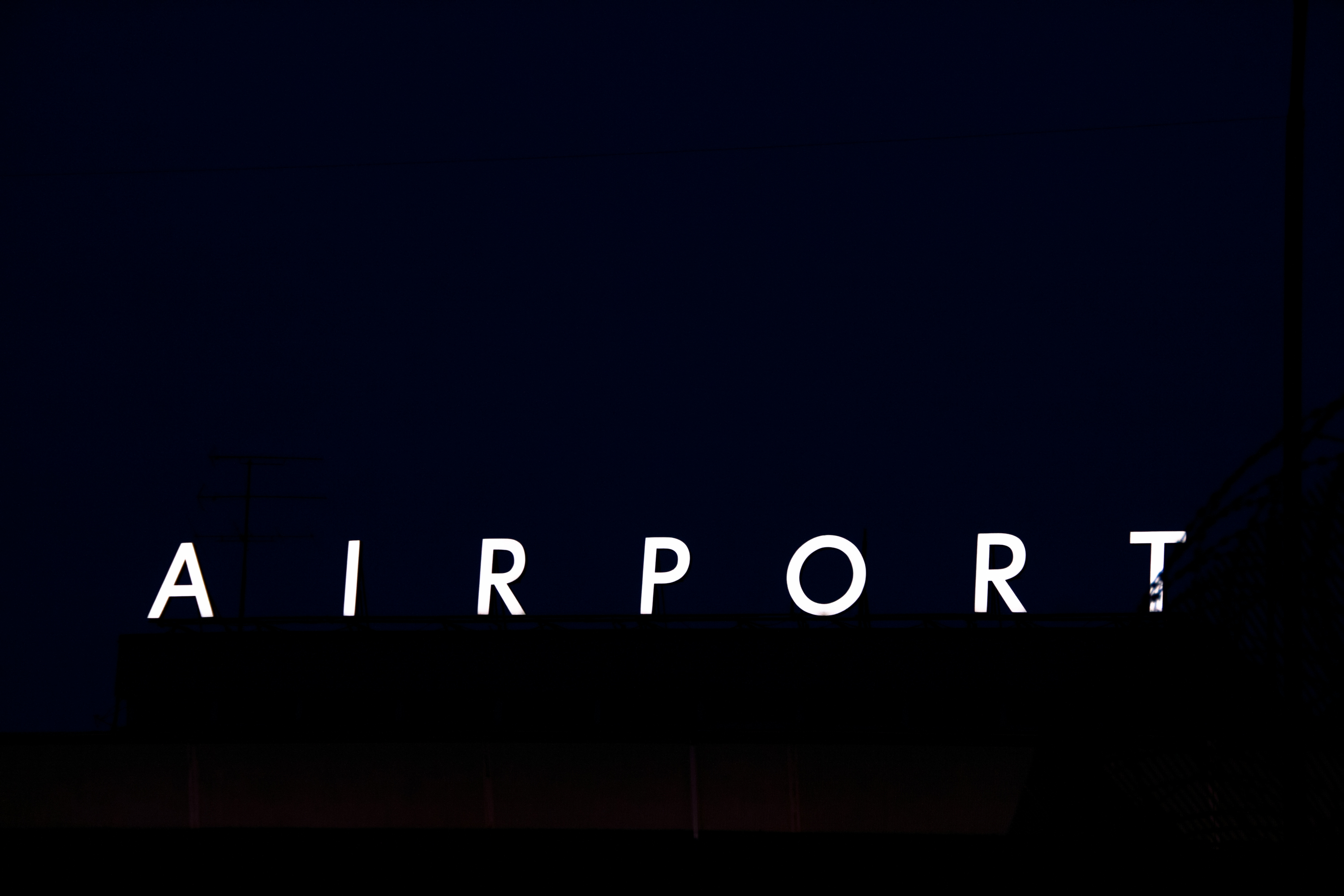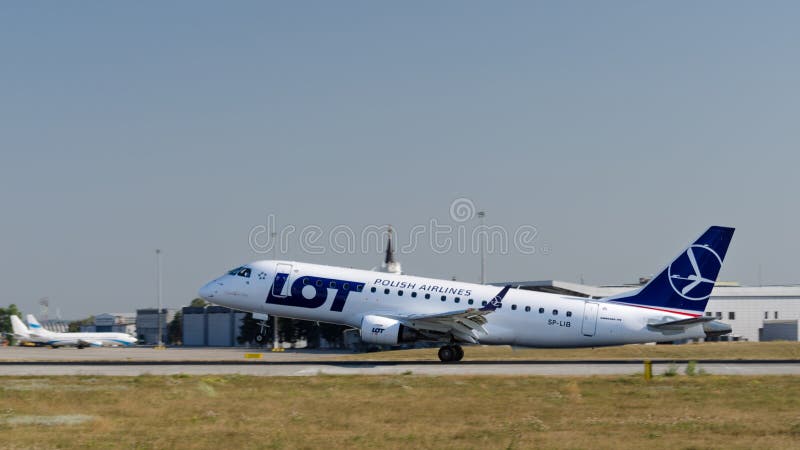

Please help improve this section by adding citations to reliable sources. On 11 April 1986, the new departure and arrival zones for the international terminal were completed, doubling the passenger traffic rate capacity of Pulkovo 1. The old pre-war building of the airport was renamed to Pulkovo 2 and the terminal was exploited for international flights only. Domestic air traffic increased approximately 45% every decade between the 1970-1990s. This terminal is regarded as a masterpiece of Soviet postmodern architecture. The 5 cups on top were put intentionally to give the terminal a more spacious feeling, as well as to allow more natural sunlight to pass through. The famous 5-cup Pulkovo 1 was designed by Alexandr Zyk. In May 1973, the new Pulkovo 1 terminal was opened. The airport was renamed Pulkovo Airport on 24 April 1973. On 8 February 1971, Shosseynaya was awarded the Order of the October Revolution. By the late 1960s, over 60 airlines had flights to and from Saint Petersburg's airport. ICAO category 1 standards were implemented in 1965, making way for international operations.

Flights to Vladivostok began to emerge in the flight lists. In the early 1960s, modern regional airplanes such as the An-24 and Yak-40 began to appear in the airport. On 15 March 1959, the USSR-42419 Tu-104 was the first commercial jet airplane to take off from the Shosseynaya Airport. in that same time period the exploitation of jet engine planes began in Shosseynaya Airport. In the mid-1950s the new extended runway was completed, allowing to handle larger aircraft such as Ilyushin-18 and Tupolev-104. In 1951, the construction of the new terminal was complete. In 1949, Shosseynaya Airport recorded a passenger traffic rate of 6,305, 333 tons of mail, and 708 tons of cargo. In 1949, there were scheduled flights to 15 major cities of the USSR, and 15 more short-range flights within the north-western Russia. In February 1948, after the damage was completely repaired, the airport resumed scheduled passenger flights. The airport was cleared of the Germans in January 1944, and resumed cargo and mail flights after the runways were repaired in 1945. The nearby Pulkovo hills were occupied by the Germans and were used by German long-range artillery for daily bombardments of Leningrad. The airport was the front line in the German Siege of Leningrad. Lansere.Ĭonstruction was abruptly put on hold in July 1941, one month after Nazi Germany's invasion of the USSR on 22 June 1941.

The architects of the new three-story terminal were Aleksandr Ivanovich Gegello and N.E. Construction of the new terminal thrived between 19. In 1941, a new completely commercial passenger route between Moscow and Leningrad was opened before it was a mixed passenger-mail route. Leningrad's airport was also provided with new G-2s and PS-84s. In 1936, a foundation for a new terminal was laid out. Soon after, the airport opened regular flights to Petrozavodsk, Pudozh, Arkhangelsk, and Murmansk. This aerodrome was at first named Shosseynaya Airport, the name coming from the nearby Shosseynaya railway station.
SPB AIRPORT CODE
In January 1931, construction of an aerodrome near Leningrad (Saint Petersburg's official name between 19 and the source of the airfield's IATA code of "LED" ) commenced and was completed on 24 June 1932, with the first aircraft arriving at 17:31 that day, after a two-and-a-half hour flight from Moscow carrying passengers and mail. Pulkovo is one of the largest airports in Russia and Eastern Europe. This makes Pulkovo the 4th busiest airport in Russia and the post-Soviet states. According to provisional figures for 2017, 16,125,520 passengers passed through the airport, a 21.6% increase over 2016. Pulkovo Airport was officially opened on June 24, 1932, as a state-owned domestic airport.


 0 kommentar(er)
0 kommentar(er)
